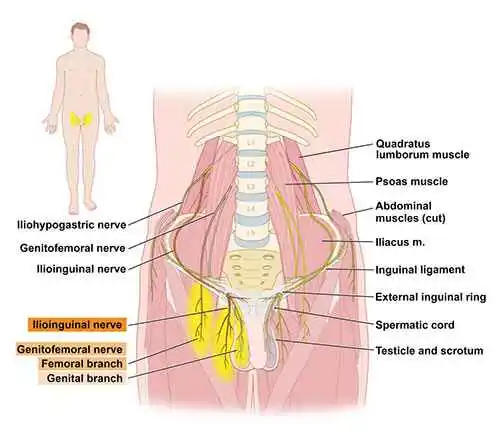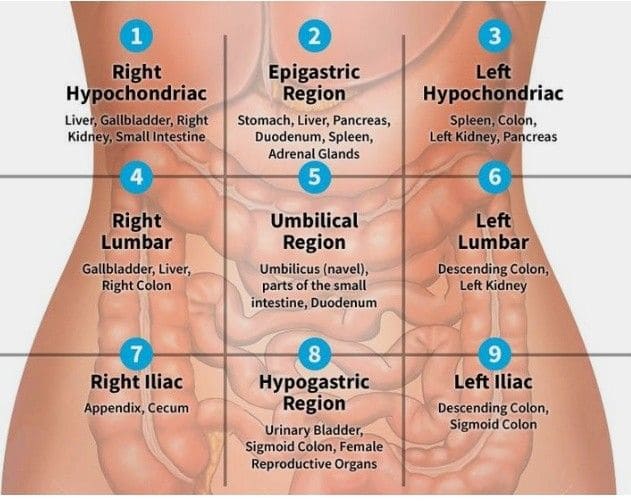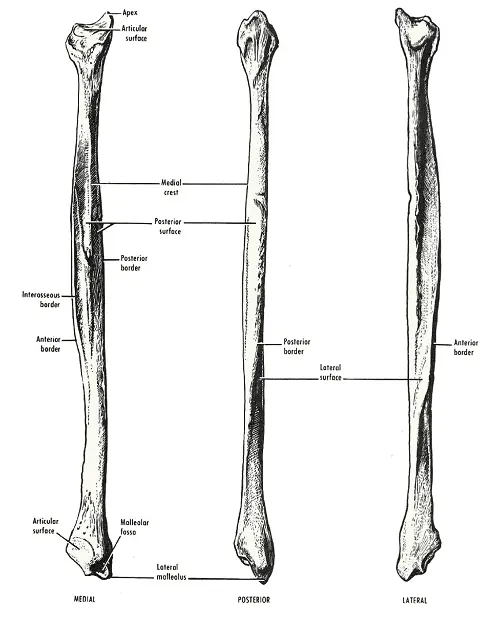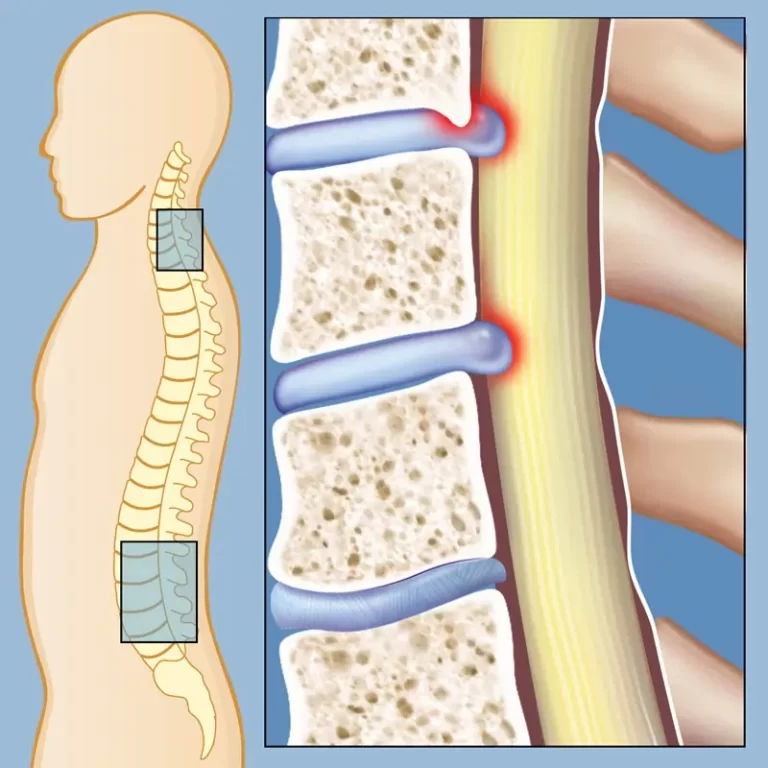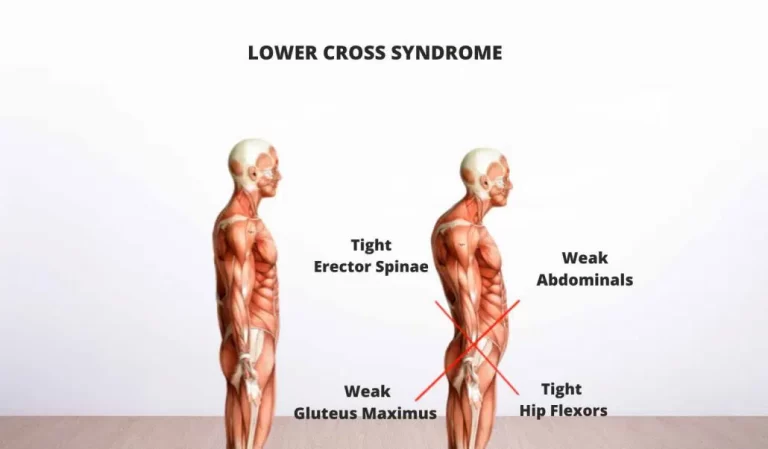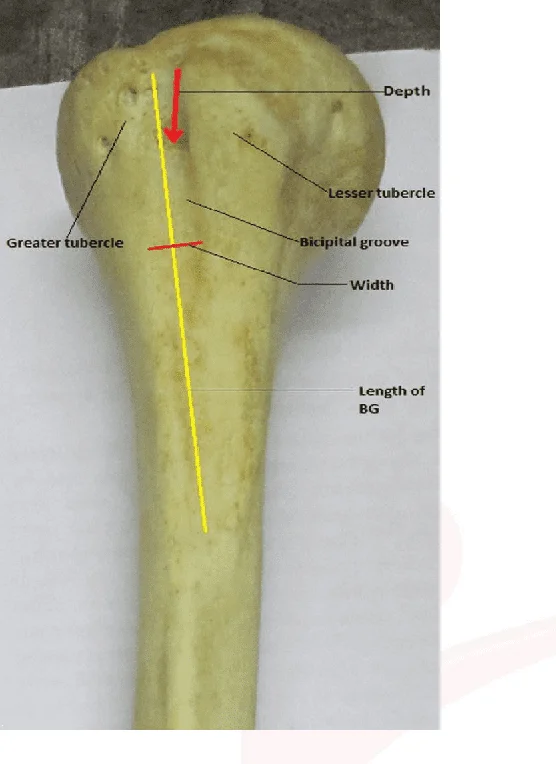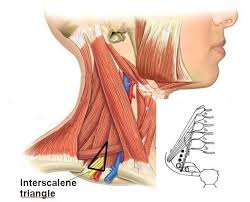Deep Tendon Reflexes
Definition Deep Tendon Reflexes (DTRs) are involuntary, automatic responses to a stimulus applied to a tendon, typically involving the muscle it is connected to. These reflexes are essential for assessing the integrity of the nervous system, particularly the motor and sensory pathways. When a typical person taps a muscular tendon vigorously, the two-neuron reflex arc…



